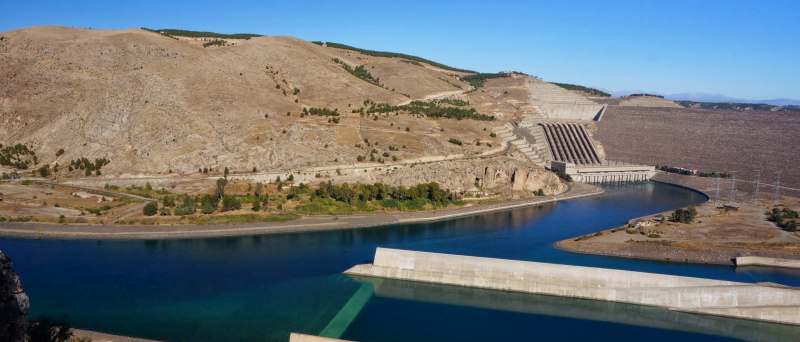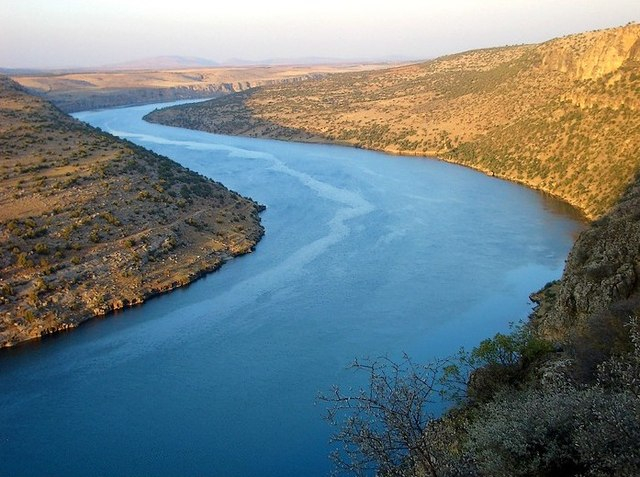Euphrates

The Euphrates is known as the Firat Nehri by Turks. With a length of 1,740 miles, it is the longest in Southwest Asia. The river originates in Turkey's Armenian highlands at the confluence of the Karasu and Murat Rivers. It travels southeast to the Syrian Plateau and across Iraq, where it joins the Tigris, becoming the Shatt-Al-Arab and draining into the Persian Gulf. The river flows through xeric woods in Turkey's mountains.
Oaks, Rosaceae, and pistachio trees thrive in damp areas. Cereals such as einkorn wheat, oat, rye, and emmer wheat grow in the drier areas. To the south of the xeric forest, mixed woodland with steppe plants grows.
The Euphrates enters Iraq through a real desert where no flora grows due to severe human meddling with a natural water source. During the biblical period and the civilizations that followed along its course, the river provided irrigation water and fed the inhabitants. Overgrazing by residents has always posed a threat to the river and its ecosystem. The installation of dams and irrigation along the river's banks also alters the river's discharge regime. Furthermore, because of Turkey's high evaporation rates, reservoirs restrict the amount of river water available to the people.
Length: 1,740 miles (shared with Iraq and Syria)











